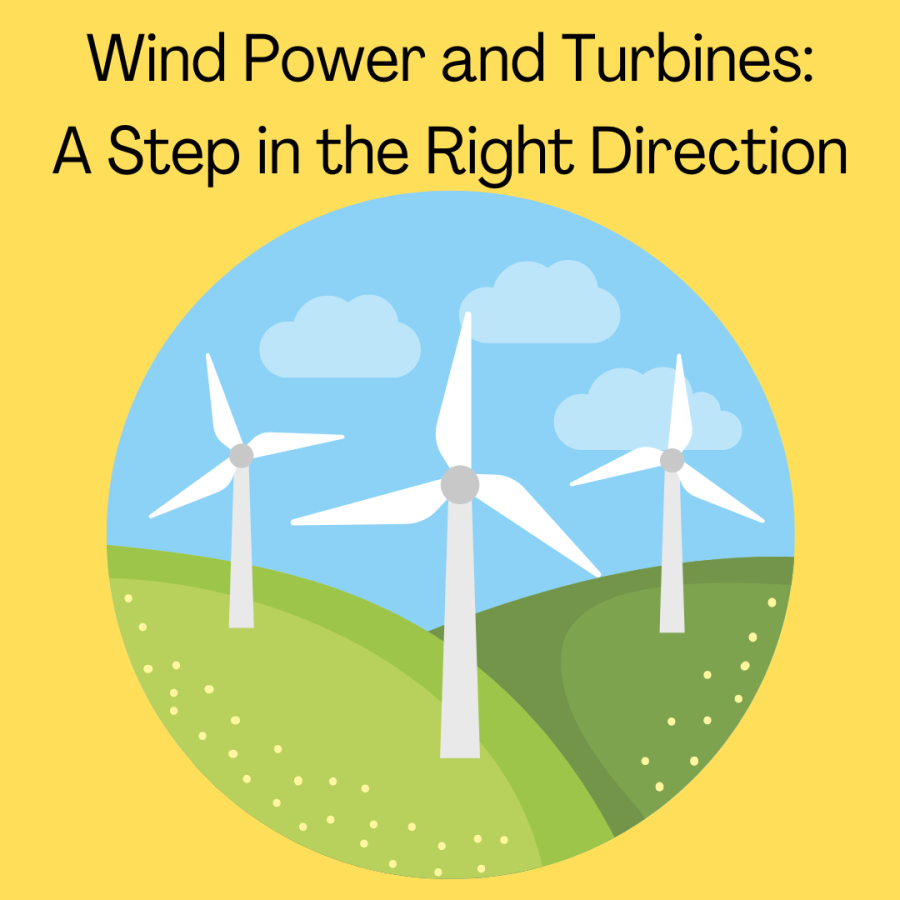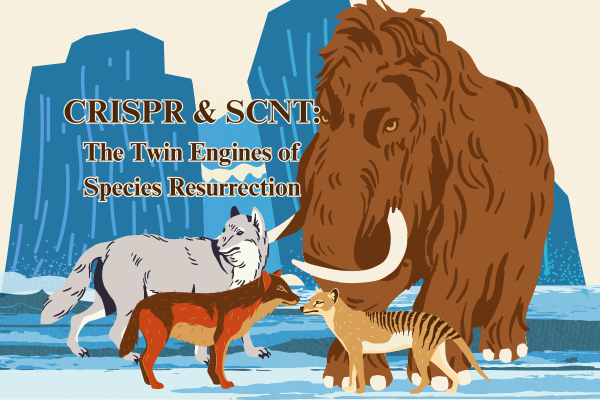Wind Power and Turbines: A Step in the Right Direction
In today’s world, renewable energy is on the rise, specifically wind power. Using wind turbines, we have been able to generate enough electricity to supply towns and cities for years. Though there may be some minor and insignificant draw-backs, wind turbines are beneficial to the environment, economy, and are cost-efficient. Wind is already a natural part of our world, it would only make sense to harvest it.
Nonrenewable energy is dangerous to the environment and is harmful to both animals and humans alike. Resources like coal and natural gas release sulfur dioxide, particulate matter, and nitrogen oxides. Wind turbines, on the other hand, release no byproducts, harmful or docile. It is also renewable, as wind will never run out. Wind is caused by the heating of the atmosphere by the sun, the rotation of the Earth, and the surface irregularities of the crust including mountains, valleys, cliffs, and more. This means that as long as the Earth is rotating and the sun is shining, we will always have wind.
Some might argue that the wind is not strong enough in some areas to be worth harvesting and the areas where the wind is strong are far away from heavily populated areas where the energy is needed the most. These people fail to take into consideration that coal mines and natural gas refineries are far away from cities as well and energy is cheap to transport at high voltages. The energy from wind farms is safer to transport than energy from oil refineries or other sources as it is gradual in its changing. The wind does not just stop blowing all of a sudden like how oil runs out from a shipment. Wind is also a domestic source of energy.

The world will be completely renewable energy fueled by 2050 if it continues developing at this rate. This means that wind, water, nuclear, and solar power will light the world in the ashes of the oil, coal, and natural gas monopolies. These three are ideas of the past, stoked by the greed of business moguls. Not only would changing our power sources help the environment, but it would also refresh the economy and add to the big boom we have been waiting for since the recession.
Wind power also creates opportunities and jobs, some of which are the fastest-growing careers in the United States. For example, our wind sector already employs more than 100,000 workers. Wind has the potential to support more than 600,000 jobs in the future, including careers in manufacturing, installation, supportive services, and maintenance by 2050. The job of wind turbine technicians is the number one fastest-growing job in America. According to the U.S. Bureau of Labor Statistics, the growth rate from 2019-2029 is 61%. It surpasses every single job in the United States. It also enables U.S. growth and competitiveness on a global scale. It creates new project accounts for annual investments of over $10 billion in our economy.

We have a highly-skilled workforce starving for new jobs after the pandemic and a vast domestic resource supply. Also, wind turbines can be installed on farms that grow crops, meaning no land is wasted by the space a wind turbine needs to operate properly. This brings an extra source of revenue to small-town farmers. All of this combined means that we would not only be the country with the number one economy in the world, we could also get thereby making the world safer and potentially more prosperous for future generations.
A big argument against wind turbines is that wind power still needs to compete with conventional generation sources on a cost basis. Some places that are notorious for having large oil, natural gas, or fossil fuel deposits might not have enough wind to sustain a wind farm. If all of a sudden these deposits were worthless compared to wind farms, the entire economy of these places would come crashing down.
Others will say that wind farms are not the best uses of land as the land could be farmed or developed instead. Yet economies are constantly changing. That is what makes the overall one healthy and prosperous. If we want to continue prospering, we need to find another outlet, another opportunity before we have exhausted all the ones we have been using for decades.

On top of that, the most common place for wind turbines or wind farms is on uninhabitable places or previously existing farms. This means that wind turbines do not steal space from land that has the opportunity to be developed but utilizes land that would have otherwise been idle. This also draws more people to the region, boosting not only the power industry but also the real estate, housing, construction, and supply industries, creating yet another economic boom.
With renewable energy on the rise and new opportunities opening up, America needs to utilize what has been given to us. We need to usher in change, not shut it out. A good step would be switching to wind power, as wind turbines are beneficial to the environment, economy, and are cost-efficient. Despite the minor drawbacks, wind is the best solution in the long run for not only America but maybe someday for the world.
Your donation will help support not only the student Journalism and Yearbook clubs at Marco Island Academy, but as well as any new equipment, club improvements, and annual website hosting costs.

Elle Richardson is a senior at Marco Island Academy and the Executive Editor for The Wave. She enjoys learning about space, sailing, and 70s music. Math...











